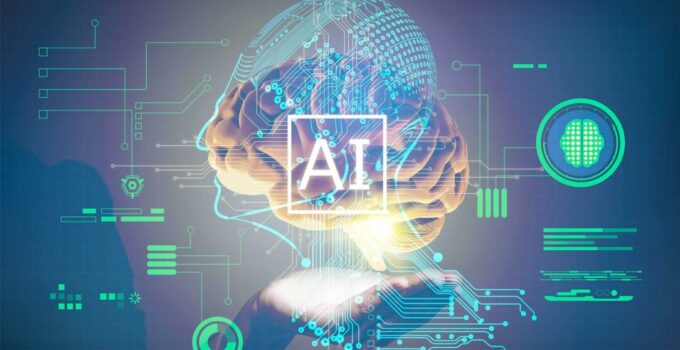E-learning is a fairly broad term. However, it refers to all educational methods that involve the use of electronic or technological support for learning and teaching. Basically, e-learning involves the use of multimedia and the Internet to improve the quality of learning. In recent years, the use of artificial intelligence for e-learning purposes has been noticeable. Different types of voice-over media are represented in this area. And how can AI voices be used in eLearning? Here are a few ways.
The Roots Of Remote Teaching And Learning Can Be Found In The Past
The beginning of distance education at the university level occurred in the United States in the late 19th century. Nevertheless, real development began in the 20th century, and this method of learning owes its greatest flourishing to the development of Internet technologies. Today’s forms of e-learning encompass various aspects of the use of modern technologies used in education. Certainly, depending on the intensity and manner of using these technologies, we can also distinguish several forms of e-learning. E-learning includes different types of media that enable text, audio and video, images, animations, and technical applications and processes such as audio or videotape, satellite television, etc. In recent years, the implementation of artificial intelligence in learning has been particularly noticeable.
AI Voices In eLearning
Effective eLearning can help you avoid mistakes. This is especially true for business and work training – because making mistakes can cost you a lot of money. Therefore, eLearning improved with AI is something that brings benefits in work and better quality training and job learning. Data obtained from numerous surveys show that a significant percentage of public and private organizations, as well as universities – largely use e-learning to teach and train their members. Just think: Why would online courses be less interesting to your employees? Today, with the use of AI voice-over, you can make online training better, more interesting, and easier to learn and remember.
How Can We Use AI Voices In eLearning?
Today, in the era of digital learning, AI voice-over plays a significant role. Not only can you learn with this technology, but you can also create your own tutorials, interactive apps, etc. According to Murf, today with the use of modern software you can create voice-over video, convert text to speech, etc.
1. Tutorials

Source: lovo.ai
The tutorial eLearning method involves learning, guiding, encouraging work in a specific field of training or learning. Today, video tutorials are especially popular in which you can see and learn what you want step by step through AI voice and animation. This method is very good because it is not dry note-taking. On the other hand, AI voice instructions are very clear and precise, and you will find it easier to remember what you want to learn no matter what. Video content with audio AI voice technology is quality educational content that became extremely popular and is very easy to use. If you want to create a tutorial of your own, you can use online tools and apps such as voice makers – and make your tutorial videos even more professional.
2. Presentations
Whatever the presentation, AI voice-over is a tool that you will simply need. Modern video clips, animations, or any other type of presentation are almost non-existent and cannot be created without the use of these technologies. AI voice-over technology has many advantages over classic presenters. First of all, it will save you time. With new software and applications, you can create a presentation or video clip that you can enhance with explanations or dialogues that can accompany them. All you have to do is convert the text into a voice of your choice and you are already halfway to doing a successful job.
3. Learning foreign languages

Source: pexels.com
The processing of natural spoken language within artificial intelligence has played a significant role in the integration of computers into foreign language learning. Among other things, AI today enables speech recognition using mobile phones, and the algorithms used to understand speech on our phones are applied in many areas. Therefore, the recent transition to intelligent computer-assisted learning was inevitable. Just as computer-assisted learning has led to a new area of use of mobile technologies in foreign language teaching – with advances in mobile technology and their applications, intelligent computer-assisted learning has developed. Today, many applications that we use have the possibility of language processing.
4. Custom audio content speed
Each individual is special and has their own pace of learning and mastering the material or memory. That is why AI voice technology is ideal for everyone because it can be adapted to your style and learning speed. Controlling the speed of sound is the right way to improve the user experience and make the effects even more visible. Almost all AI voices can support different tempos of presentation or reproduction. In addition, you have the option of listening again, accelerating the tempo, or fast-forwarding.
5. Personalize learning

Source: elearningindustry.com
Working in a group can often be very complex. Presenting content to each individual can be very complicated. Each student has their own pace of learning and mastering the material. AI can be adapted to suit its pace and learning methodology. In addition, AI helps track an individual’s learning progress and provides a fully personalized learning experience. This is very important because it can help identify learning problems, which can further change, adapt or improve the learning program.
Conclusion
Today we have many different channels for consuming content online. Today, consumers expect to have information available in almost all formats from audio, through video format to animation, etc. Using modern tools is useful for both learners and those who create tutorials or courses.




